| Bluemont, VA -- Today marks the next chapter with our Archeologist Jack Hranicky. Over the past four years, Dr. Jack volunteered countless hours revealing the Paleo-Indian site we found here in Northern Virginia. He cataloged artifacts, oversaw excavation, measured azimuths, authored abstracts, and conducted reports. After each discovery, one of our favorite quotes from Dr. Jack was, “Well, we did it again folks.” Because of Dr. Jack’s sense of curiosity, 40-year career and eagerness to do the right thing, we now have a date of 10,470 years old, for the artifacts we excavated a couple of years ago. This morning we enjoyed our last country breakfast together with Dr. Jack. Our local Pine Grove Restaurant serves Jack’s favorite soft beacon and decaf coffee. There was no time for him to get his usual lunch burger and fries at our local Horseshoe Restaurant. After finalizing his report with us, for the Spout-Run Paleo-Indian site, before we knew it, Dr. Jack was quickly off to his next discovery. | Today, Dr. Jack shared that he hopes to retire to Clarke County with his lovely wife Julie. He said he feels a real connection to a gentler way of life here and Clarke County is a nice place to call home. Dr. Jack is 73 years old and shared that he has no plans to stop discovering. Dr. Jack’s relentless contributions changed the landscape of our community’s history and our family’s lives. Thank you Dr. Jack. We and our community are forever in his debt. |
|
0 Comments
Letter to the Editor: A Native American Perspective on Cool Spring Battlefield Park Concept3/3/2012
|
Paleo News Room
for the site discovered by Chris (Comeswithclouds) White in 2010 Topics
All
History
August 2020
|

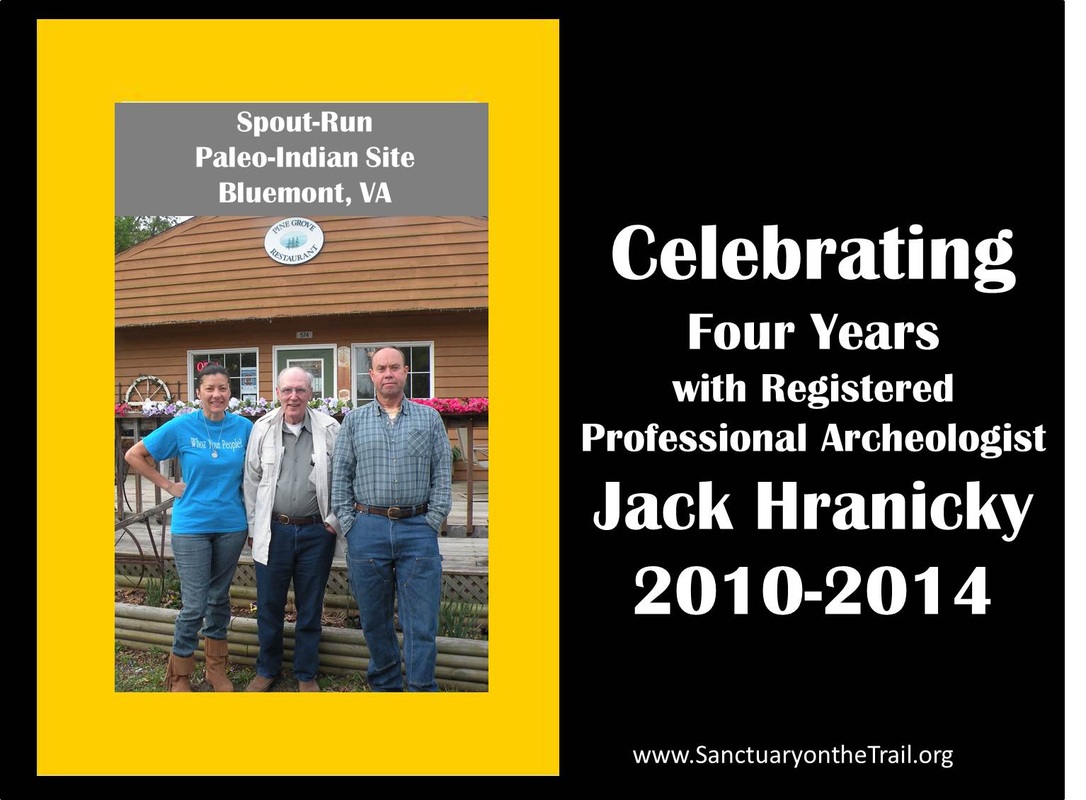
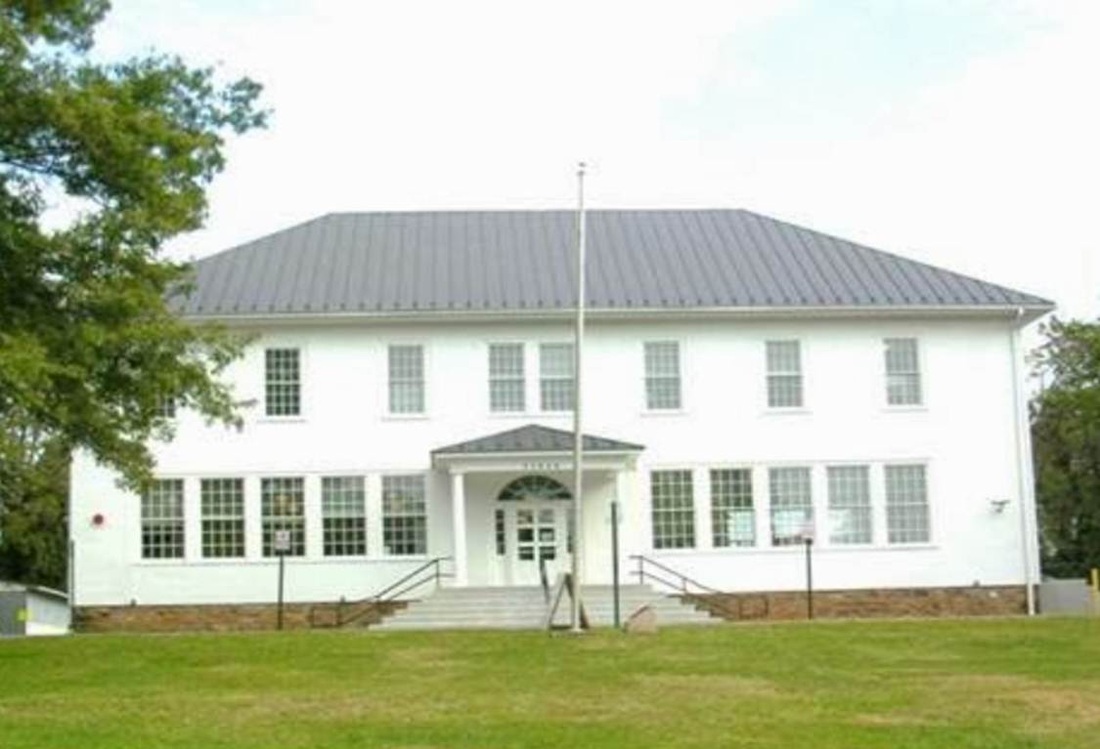
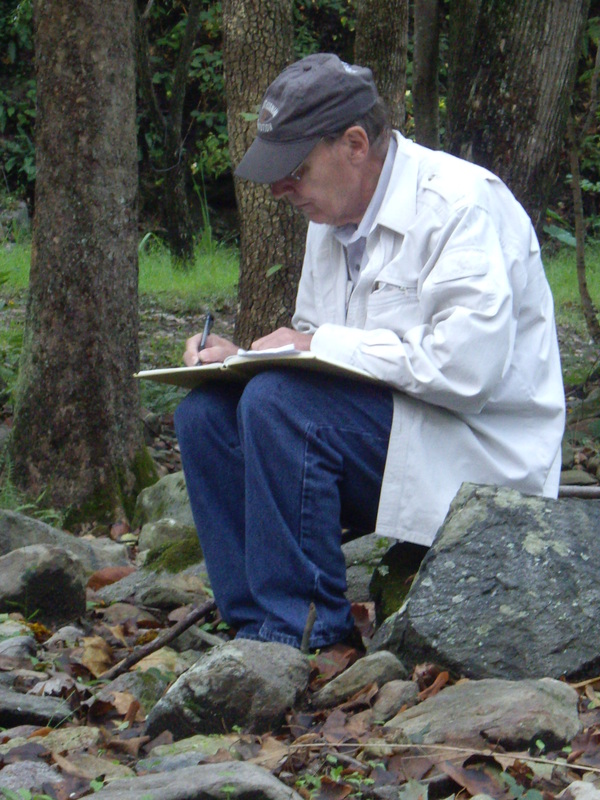
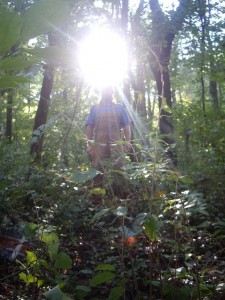
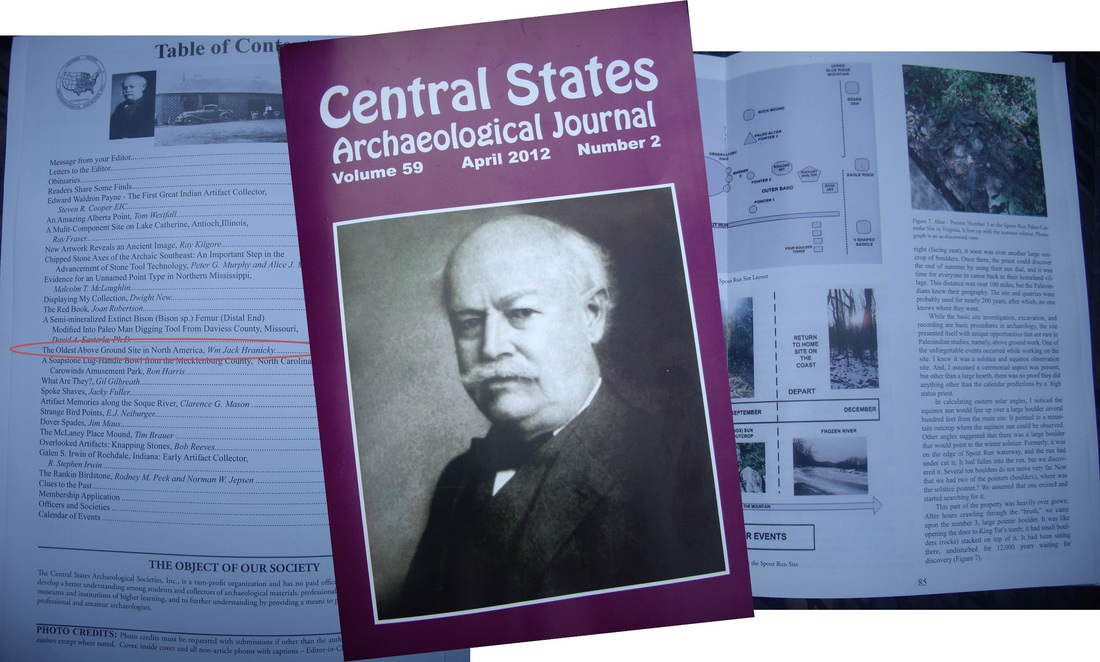
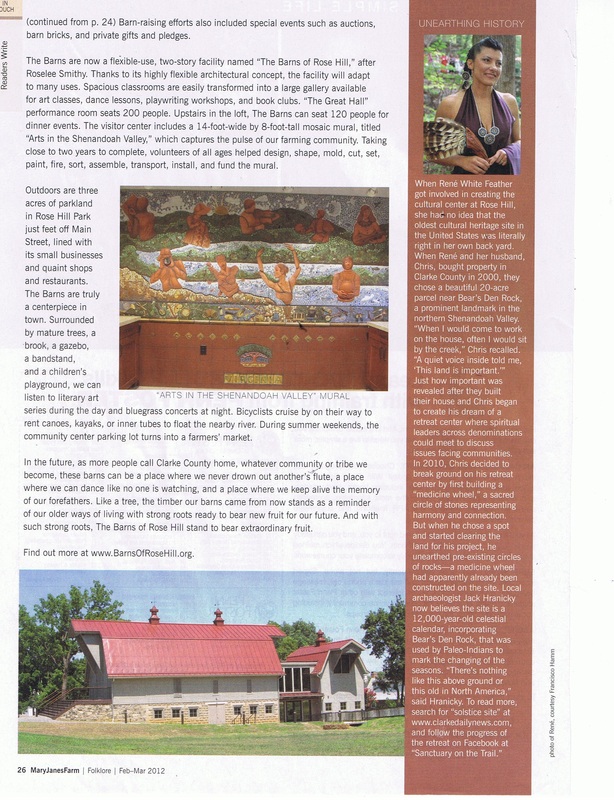
 RSS Feed
RSS Feed